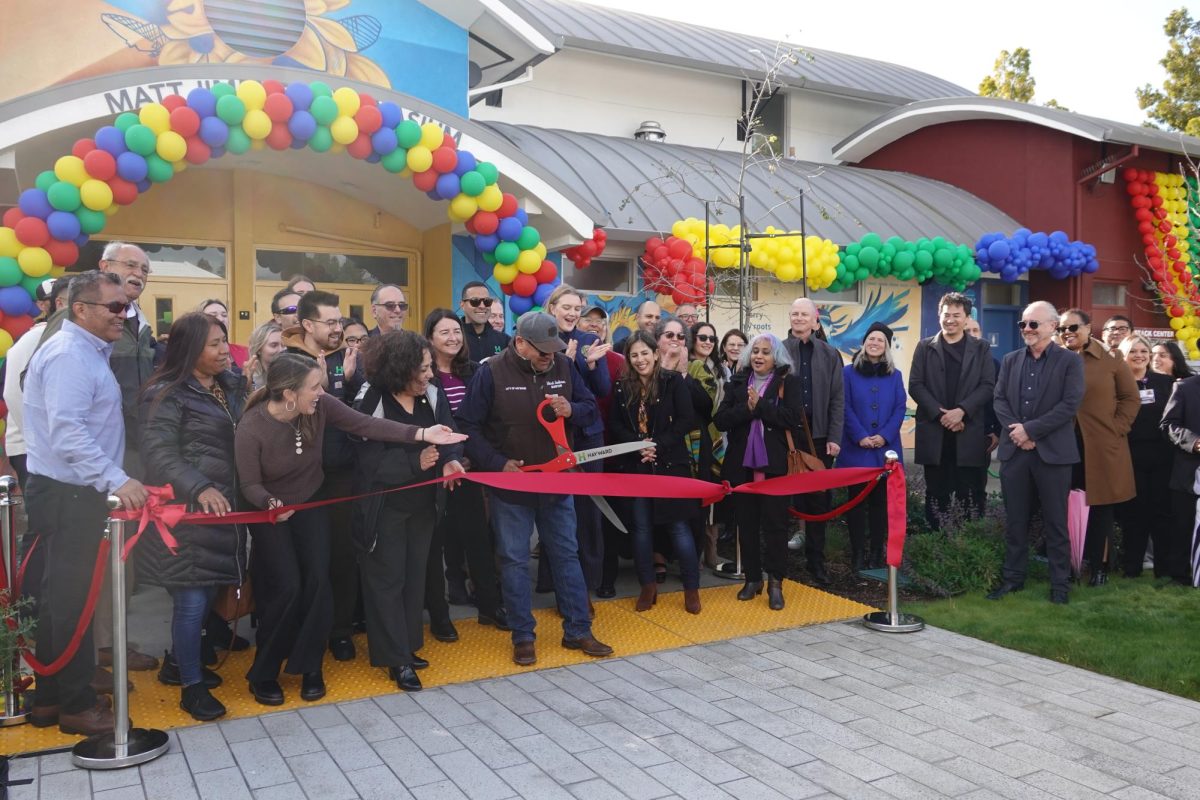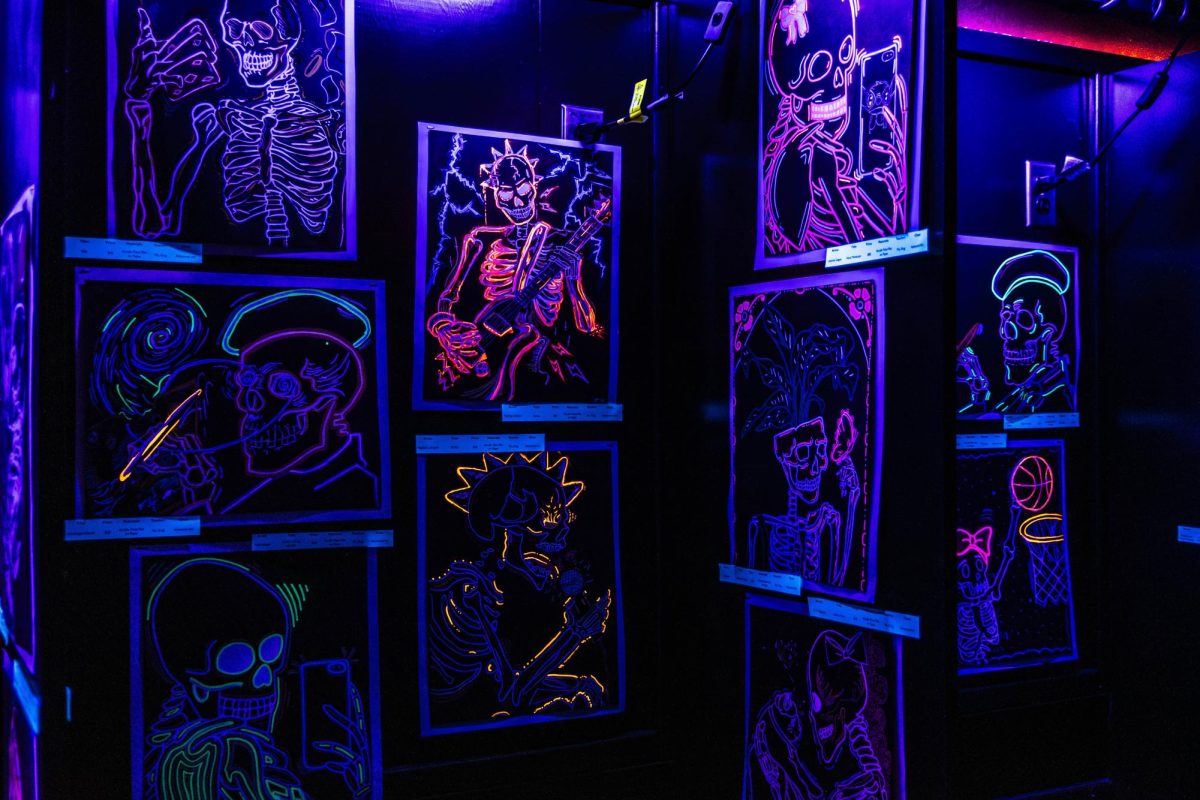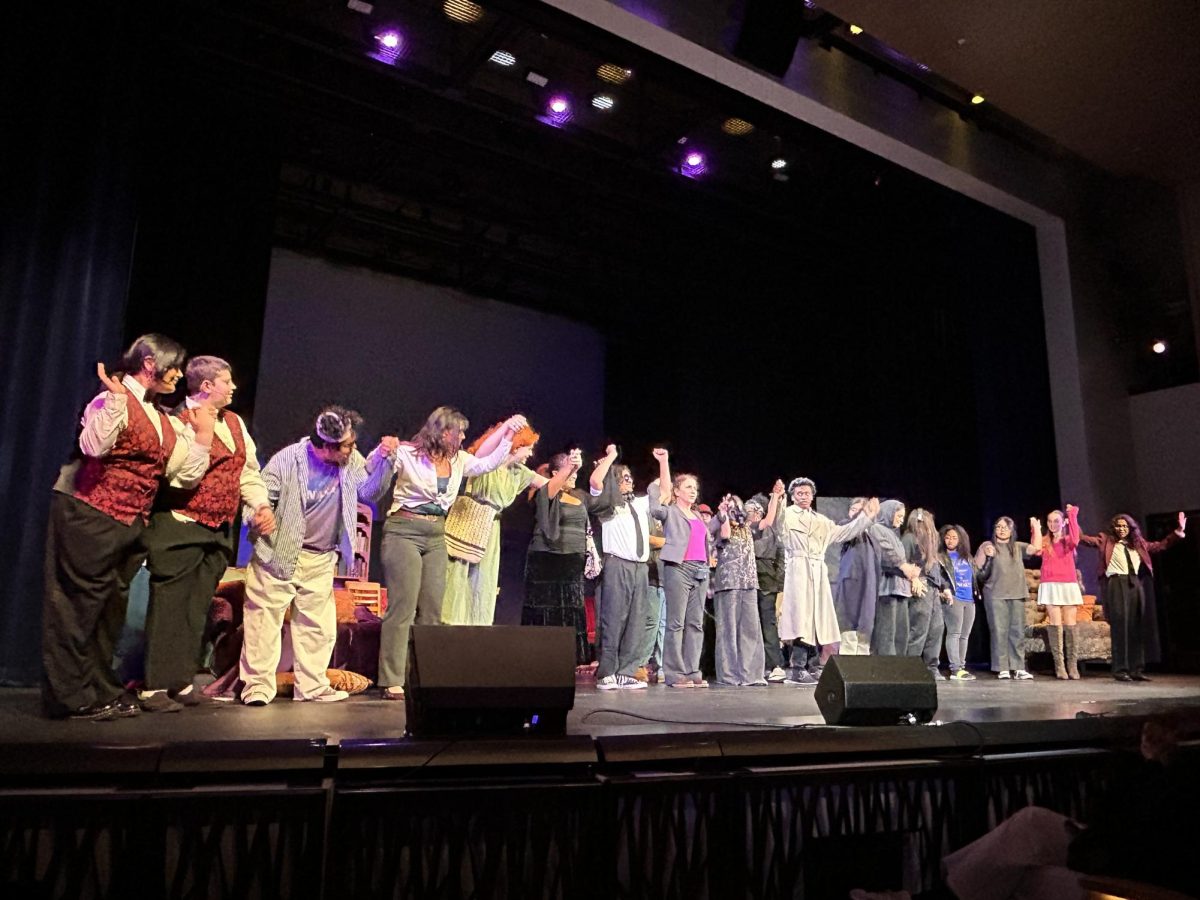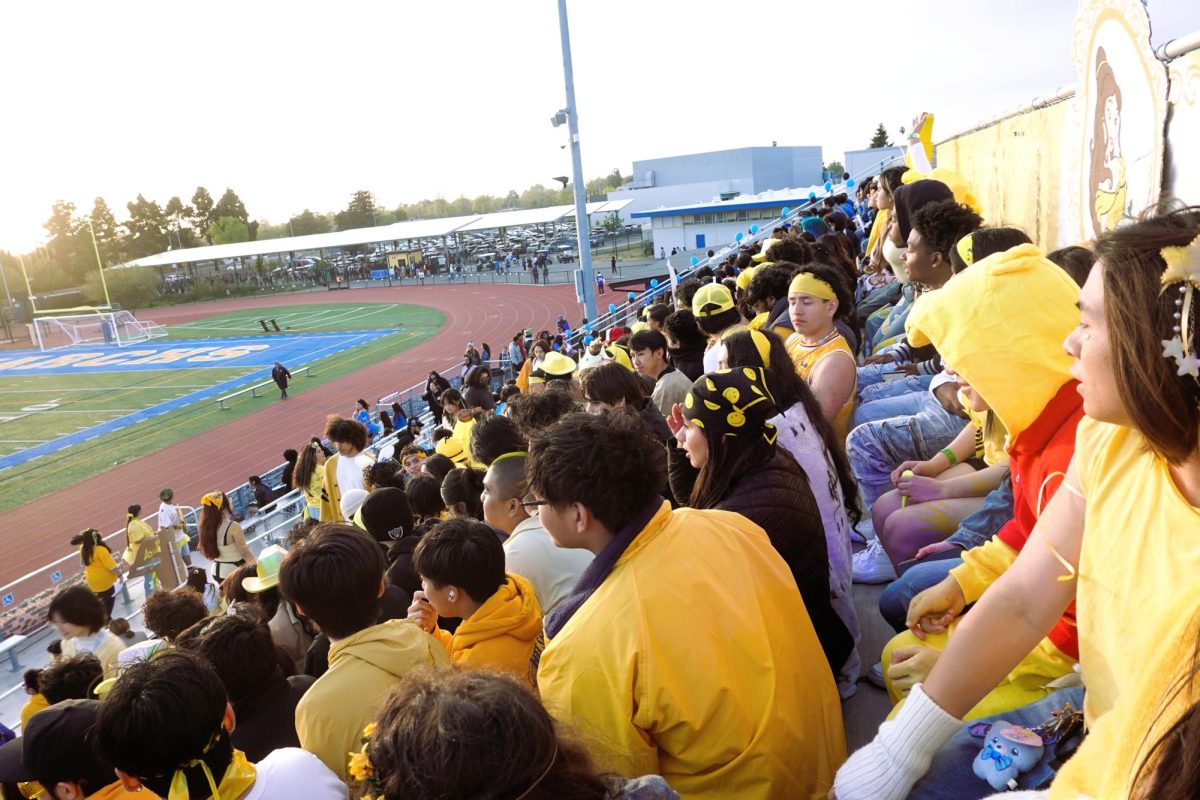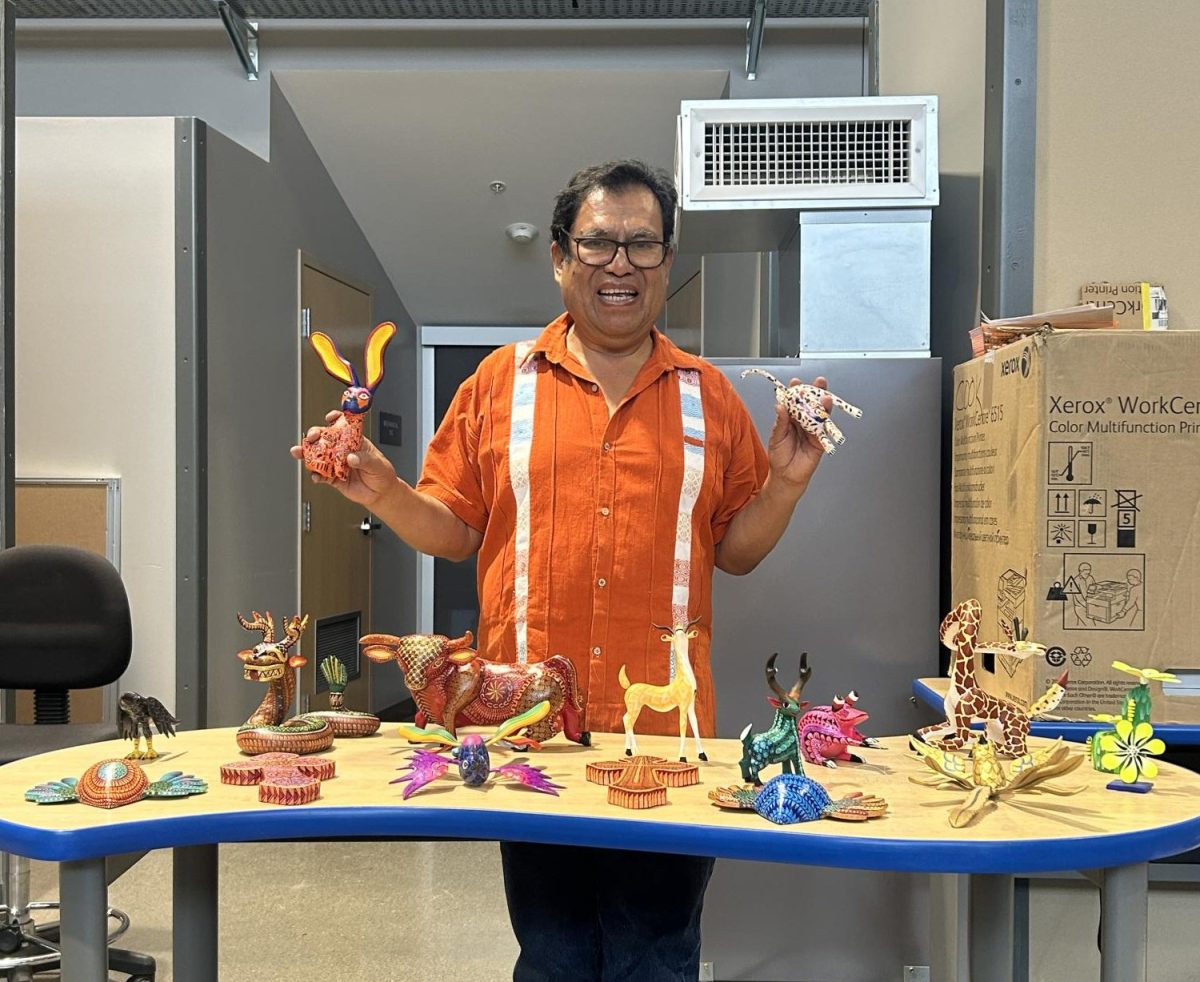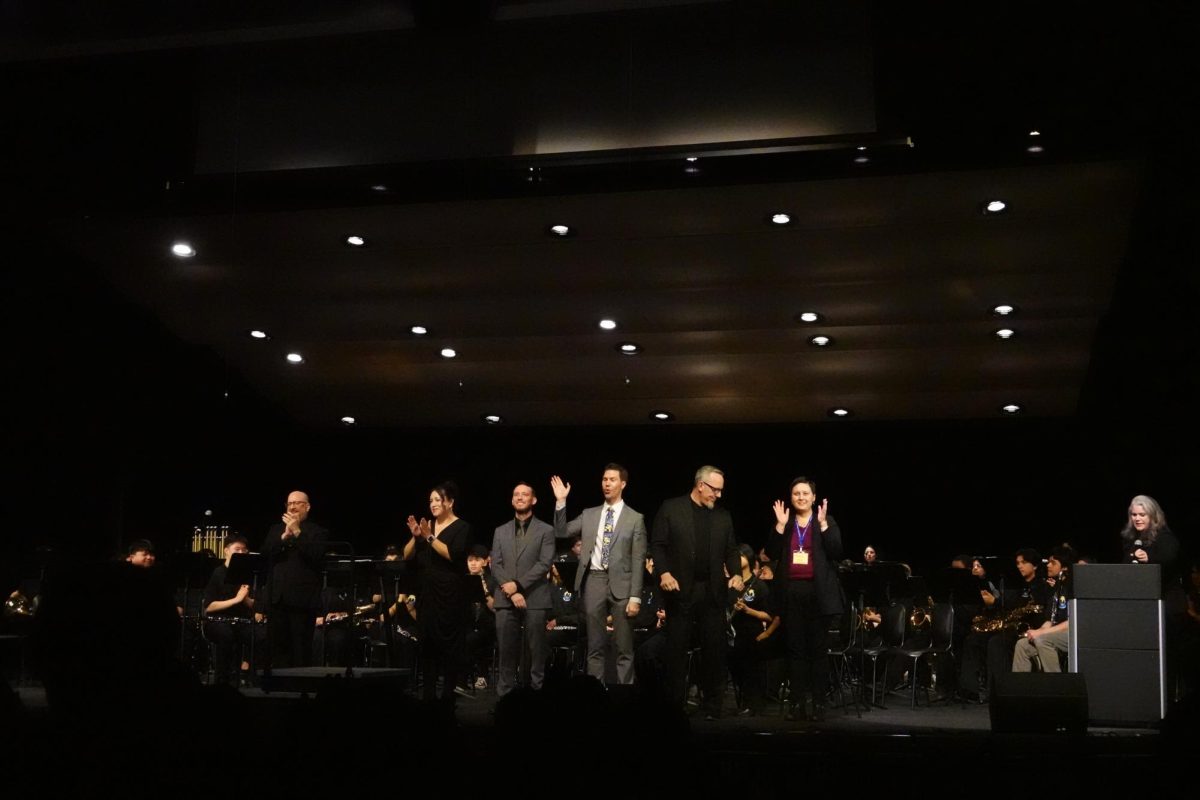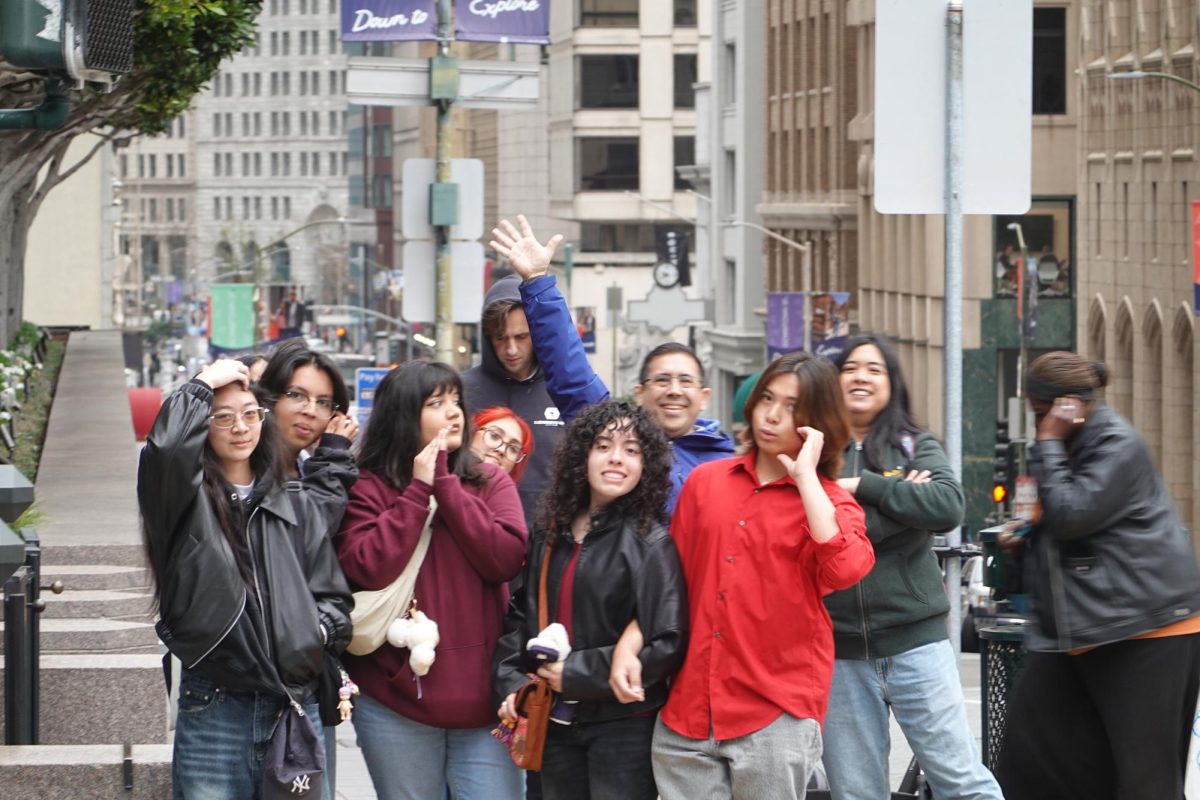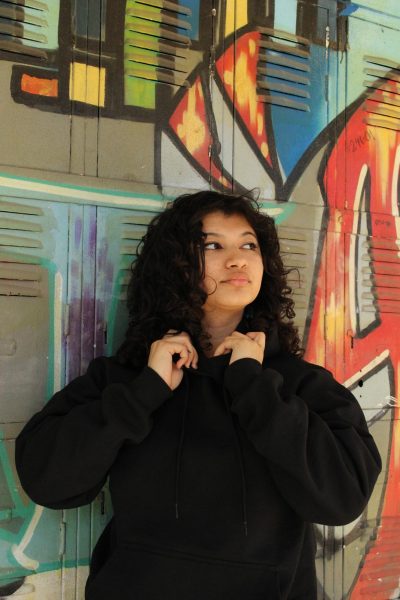Located in a quiet area a few minutes from downtown Hayward is Sulphur Creek. It offers picnic tables, a garden, and live animal exhibits. Upon entry, one will be greeted by a small creek where damselflies and pond skaters inhabit. Next to the creek are dense trees and bushes, where underneath sit benches where you can enjoy the birds singing.
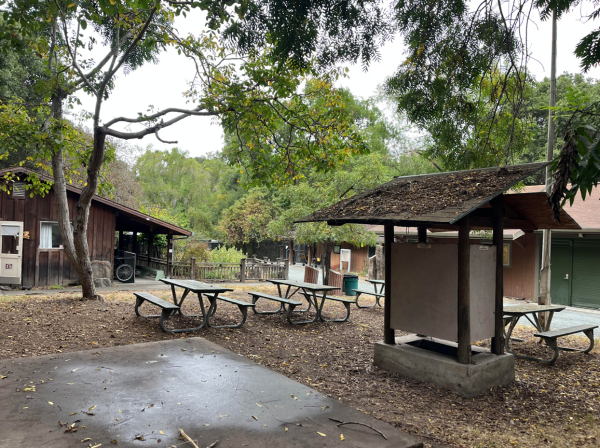
Located on 1801 D Street, it is free and open to the public from 12 to 4 P.M. on weekdays and 10:30 A.M. – 2:30 P.M. on weekends. The facility houses reptiles, amphibians, small domesticated mammals, and several species of birds. The nature center operates many programs and educational events for young children and adults.
In 1970, the Hayward Area Recreation and Park District purchased the property for Sulphur Creek Nature Center to create a wildlife rehabilitation center focused on conservation and educating the public. The visitors’ center has a museum, which houses a display of eggs, feathers, and pinned beetles.
In the discovery center, visitors can interact with nature in a way that represents the native wildlife in the Bay Area. There are also exhibits of bird nests and an iteractive exhibit where guests can touch a snake’s shed skin. Reptiles and amphibians are housed here, including Pacific chorus frogs, rosy boas, and a native rattlesnake.
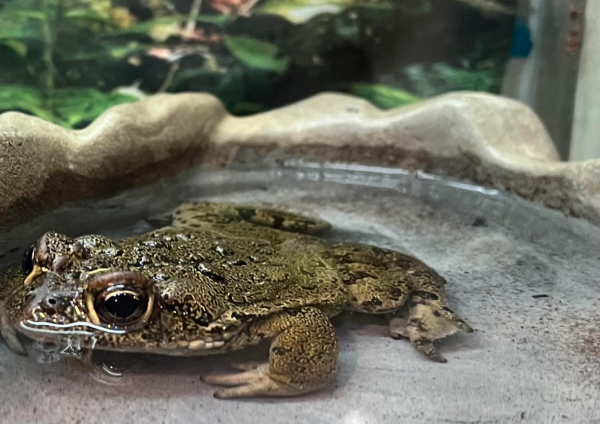
There is a hospital on the property to intake, evaluate, and treat animals that are brought to or live at the center. Two additional enclosures are occupied by coyotes and foxes. This is their permanent home due to being imprinted. When an animal is imprinted, they recognize themselves as a different species than they are. This makes them unable to survive in their natural habitats.
Currently, Sulphur Creek houses several birds of prey like hawks, owls, a turkey vulture, and a golden eagle. Other birds on display include robins, a hooded oriole, and corvids. All birds permanently living on the property are either domesticated or inspected by a veterinarian to determine their ability to survive in the wild.
The native plant garden is split into two sections: a sun and a shade garden. The shade garden has native trees, grasses, ferns, and a pond inhabited by tadpoles and water striders.
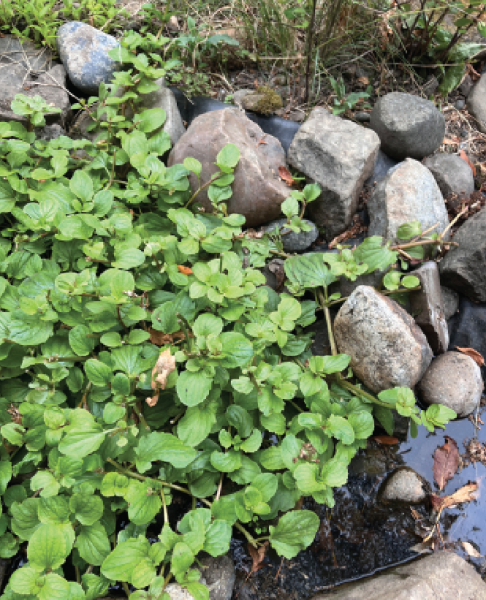
The sun garden contains various flowering native plants, including a milkweed where monarch caterpillars feed. Both are regularly visited by birds, butterflies, and frogs. Small houses inhabited by leafcutter bees are placed near the garden and can be viewed by visitors.
According to the California Department of Fish and Wildlife, California contains over 700 species of mammals, reptiles, birds, and amphibians, not including fish and invertebrates. 300 are endangered or threatened. Wildlife centers such as Sulphur Creek protect the populations of these species by encouraging public responsibility over the ecosystem and rehabilitating animals to a releasable condition. Supporting nature preserves like Sulphur Creek ultimately impacts preservation efforts and the environment.

